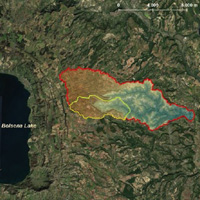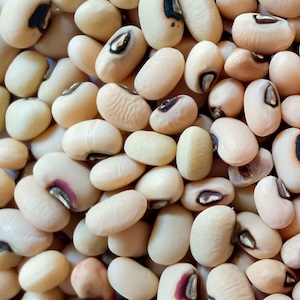Riparian vegetation as a marker for bankfull and management discharge evaluation: The case study of Rio Torbido river basin (central Italy)

All claims expressed in this article are solely those of the authors and do not necessarily represent those of their affiliated organizations, or those of the publisher, the editors and the reviewers. Any product that may be evaluated in this article or claim that may be made by its manufacturer is not guaranteed or endorsed by the publisher.
Authors
Bankfull discharge estimation is a crucial step in river basin management. Such evaluation can be carried out using hydrological and hydraulic modelling to estimate flow-depths, flow velocities and flood prone areas related to a specific return period. However, different methodological approaches are described in the scientific literature. Such approaches are typically based either on the assumption that the bankfull discharge corresponds to a narrow range of return periods, or on the correlation to the river geomorphological or local descriptors, such as vegetation. In this study, we used high-resolution topographic data and a combined hydrological-hydraulic modelling approach in order to estimate bankfull discharge in the ungauged basin of Rio Torbido River (Central Italy). The field survey of plant species made it possible to investigate the link between the riparian areas and the bankfull discharge. Our results were in line with previous studies and showed a promising agreement between the results of the hydraulic modelling and the plant species present in the investigated river cross sections. The plant species position could be indeed used for a preliminary delineation of the riparian areas to be verified more deeply with the hydrological-hydraulic approach.
How to Cite

This work is licensed under a Creative Commons Attribution-NonCommercial 4.0 International License.












